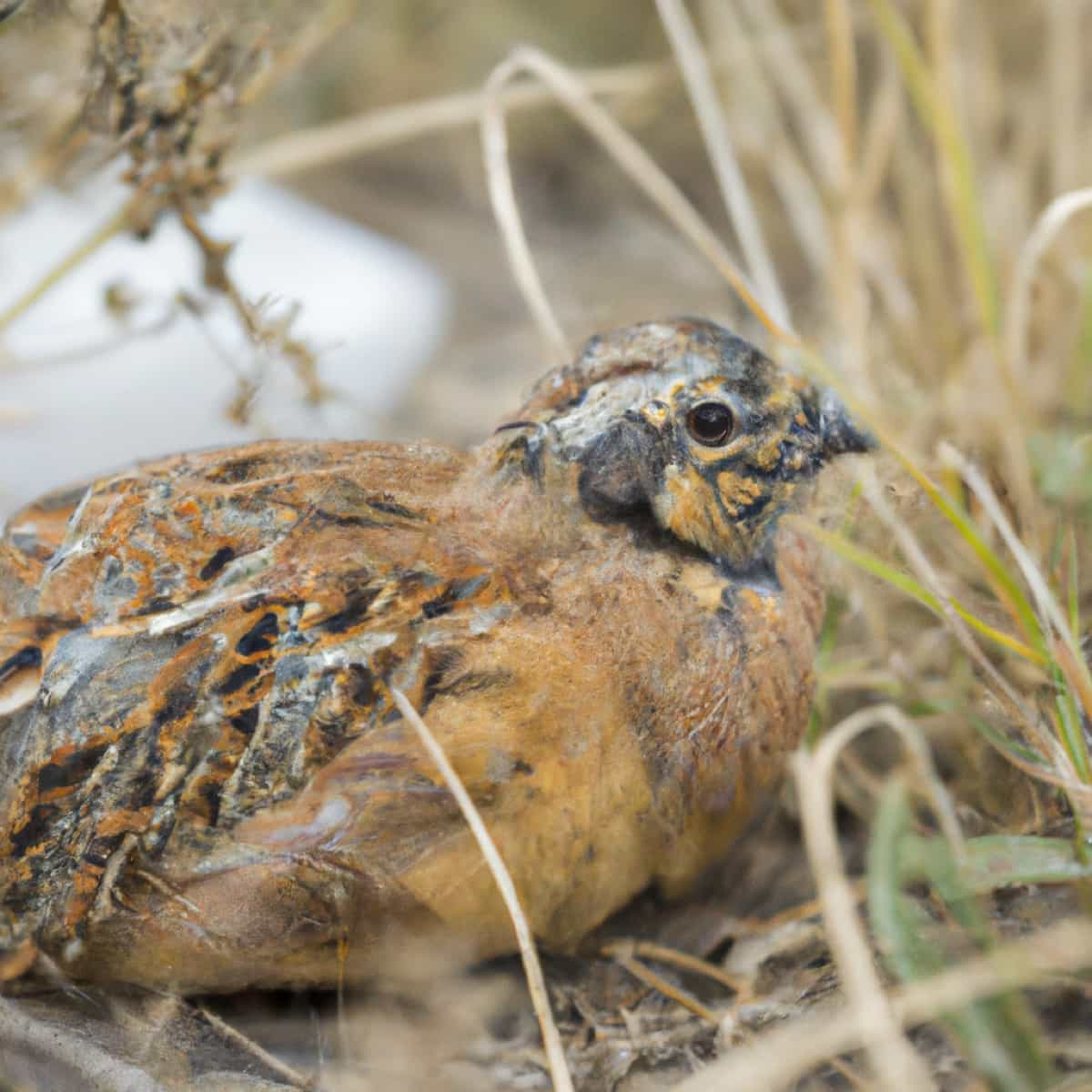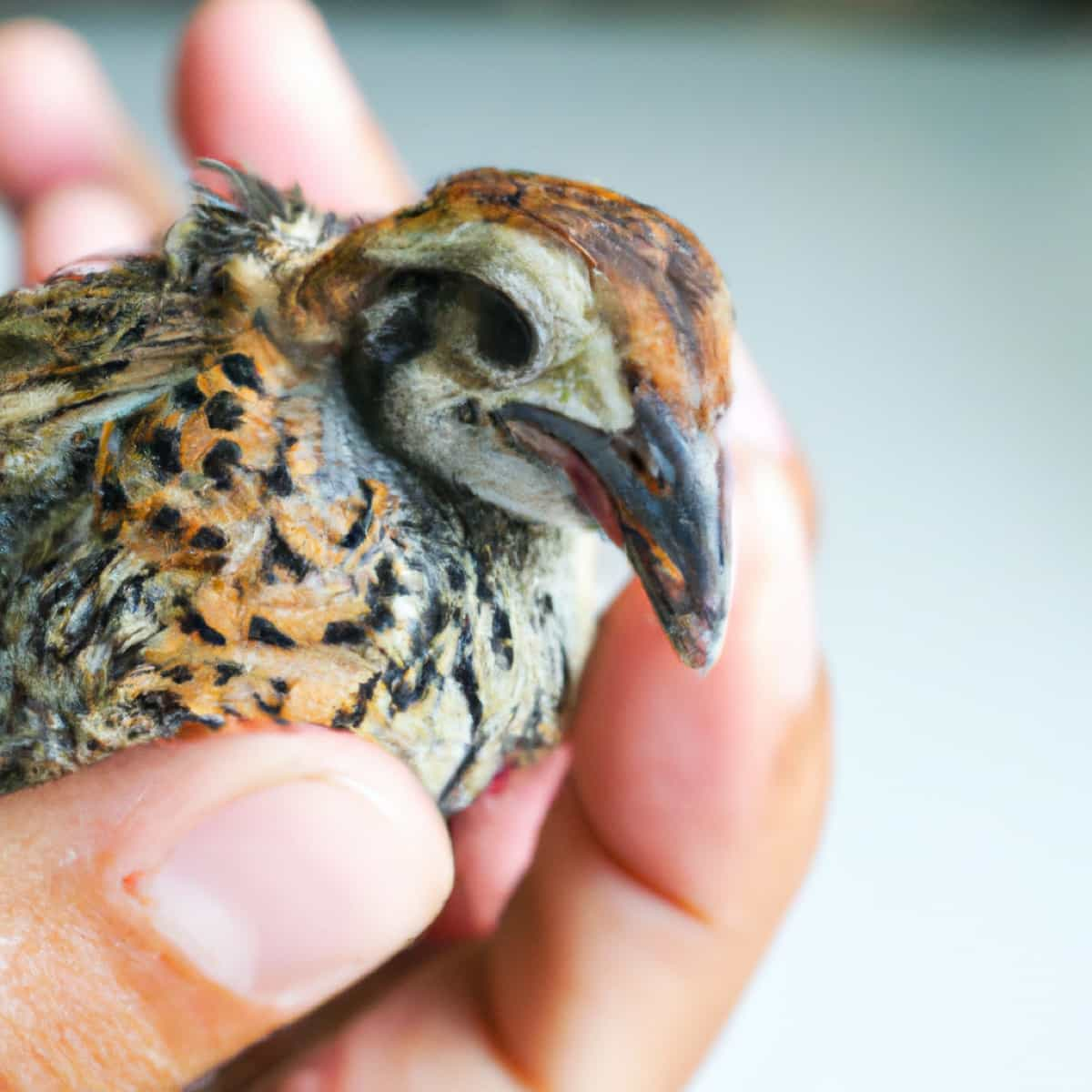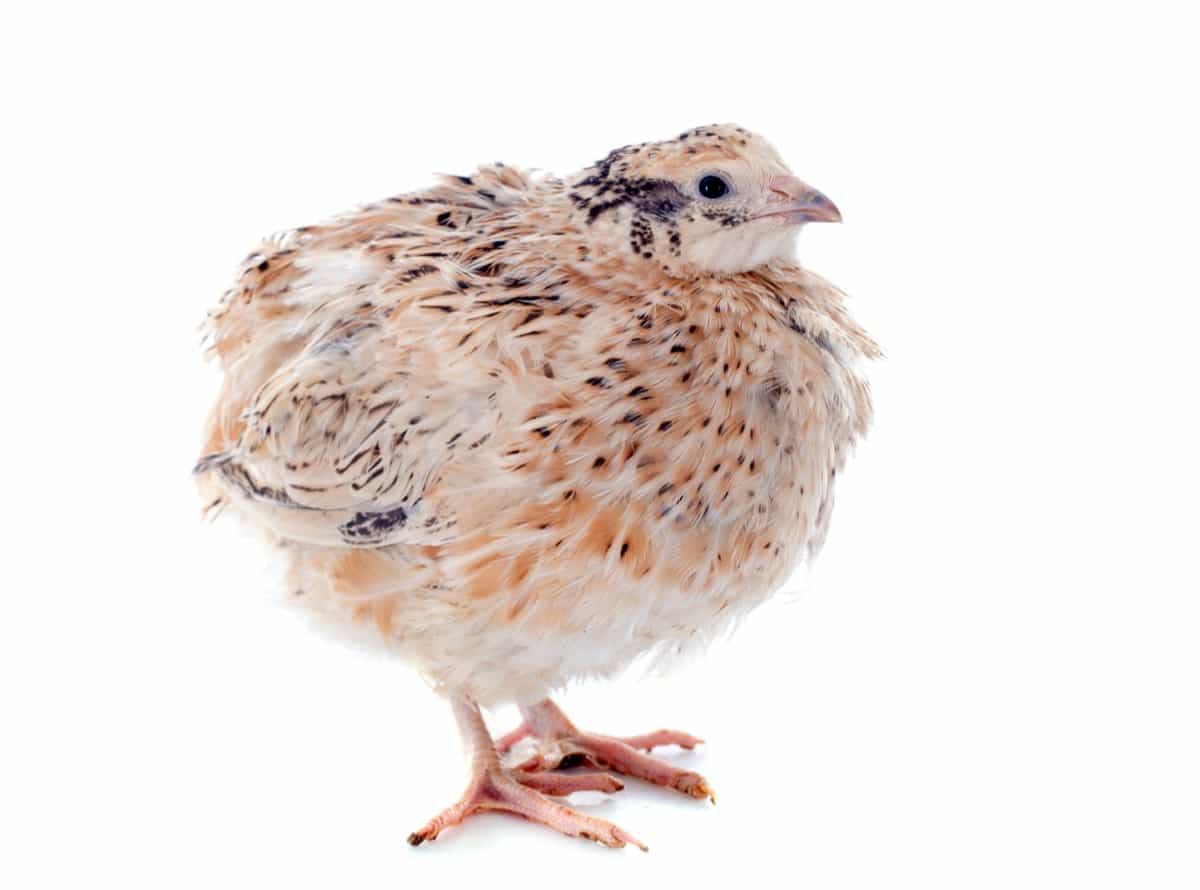Quails are commonly raised for their meat and eggs in commercial production, and like any livestock, they are susceptible to various diseases that can significantly affect their health and productivity. In this context, it is crucial to know the quail diseases that affect commercial production and their symptoms, causes, prevention, and control measures. Below we learn quail diseases, their symptoms, and how to prevent and control them.

Top 10 Quail Diseases
Coccidiosis
- Symptoms: Diarrhea, loss of appetite, reduced growth rate, and increased mortality.
- Causes: A parasitic infection caused by the protozoan coccidia, which is transmitted through contaminated food, water, or soil.
- Prevention: Proper sanitation, hygiene, and disinfection of the environment, feed, and water sources. Use of coccidiostats in feed or water.
- Control: Treatment with anti-coccidial drugs or vaccination.
Newcastle Disease
- Symptoms: Respiratory distress, decreased egg production, and increased mortality.
- Causes: A viral infection transmitted through direct contact with infected birds, their feces, or contaminated equipment or feed.
- Prevention: Biosecurity measures such as strict control of movements in and out of the farm, disinfection of the premises and equipment, and vaccination.
- Control: Isolation and treatment with supportive care and antiviral drugs.
Infectious Bronchitis
- Symptoms: Respiratory distress, decreased egg production, and decreased hatchability of eggs.
- Causes: A viral infection transmitted through airborne droplets, contaminated equipment or feed, or contact with infected birds.
- Prevention: Biosecurity measures such as strict control of movements in and out of the farm, disinfection of the premises and equipment, and vaccination.
- Control: Isolation and treatment with supportive care and antiviral drugs.
Avian Influenza
- Symptoms: Respiratory distress, decreased egg production, and increased mortality.
- Causes: A viral infection transmitted through contact with infected birds, feces, or contaminated equipment or feed.
- Prevention: Biosecurity measures such as strict control of movements in and out of the farm, disinfection of the premises and equipment, and vaccination.
- Control: Isolation and treatment with supportive care and antiviral drugs.
Fowl Cholera
- Symptoms: Respiratory distress, swollen joints, and increased mortality.
- Causes: A bacterial infection is transmitted through contact with infected birds, feces, or contaminated equipment or feed.
- Prevention: Biosecurity measures such as strict control of movements in and out of the farm, disinfection of the premises and equipment, and vaccination.
- Control: Treatment with antibiotics and supportive care.
In case you missed it: Top 10 Shrimp/Prawn Diseases: Symptoms, Causes, Prevention, and Control

Aspergillosis
- Symptoms: Respiratory distress, decreased appetite, increased thirst, and increased mortality.
- Causes: A fungal infection caused by the Aspergillus species, transmitted through contaminated feed or litter.
- Prevention: Proper ventilation, temperature, and humidity control, as well as regular cleaning and disinfection of the environment, feed, and water sources.
- Control: Treatment with antifungal drugs and supportive care.
E. Coli Infection
- Symptoms: Diarrhea, decreased appetite, decreased activity, and increased mortality.
- Causes: A bacterial infection caused by Escherichia coli, transmitted through contaminated feed, water, or litter.
- Prevention: Proper sanitation, hygiene, and disinfection of the environment, feed, and water sources.
- Control: Treatment with antibiotics and supportive care.
Infectious Coryza
- Symptoms: Respiratory distress, nasal discharge, decreased appetite, and decreased egg production.
- Causes: A bacterial infection caused by Avibacterium paragallinarum, transmitted through direct contact with infected birds, feces, or contaminated equipment or feed.
- Prevention: Biosecurity measures such as strict control of movements in and out of the farm, disinfection of the premises and equipment, and vaccination.
- Control: Treatment with antibiotics and supportive care.
Mycoplasma Infection
- Symptoms: Respiratory distress, decreased egg production, and increased mortality.
- Causes: A bacterial infection caused by Mycoplasma gallisepticum, which is transmitted through contact with infected birds, their feces, or contaminated equipment or feed.
- Prevention: Biosecurity measures such as strict control of movements in and out of the farm, disinfection of the premises and equipment, and vaccination.
- Control: Treatment with antibiotics and supportive care.
Marek’s Disease
- Symptoms: Paralysis, decreased appetite, decreased activity, and increased mortality.
- Causes: A viral infection caused by Marek’s disease virus, which is transmitted through airborne droplets or contact with contaminated equipment or feed.
- Prevention: Biosecurity measures such as strict control of movements in and out of the farm, disinfection of the premises and equipment, and vaccination.
- Control: Supportive care and treatment with antiviral drugs.
Frequently Asked Questions about Quail Diseases
How to Treat Quail Eye Infection Disease?
Treating quail eye infections requires prompt and appropriate veterinary intervention. The first step is to isolate infected birds from the rest of the flock to prevent the spread of the disease. Treatment typically involves the administration of antibiotics, either orally or through injections, to eliminate the bacterial infection. Following the prescribed dosage and treatment regimen is important to ensure complete recovery.
In addition, supportive care, such as maintaining clean bedding and providing a stress-free environment, can aid healing. Prevention of eye infections in quails can be achieved through good husbandry practices, such as regular cleaning and disinfection of the coop and equipment, minimizing overcrowding, and maintaining proper ventilation. Early detection and treatment are critical to prevent the spread of eye infections in the flock and ensure the health and productivity of quails.
How to Treat Ulcerative Enteritis in Quails?
Ulcerative enteritis is a bacterial disease that affects the small intestine of quails, leading to a decrease in egg production and an increase in mortality rates. The disease can be treated with antibiotics such as penicillin or amoxicillin. However, it is important to note that antibiotic resistance has become a major concern in treating bacterial diseases.
In case you missed it: Top 10 Chicken Diseases: Symptoms, Causes, Preventions, and Control

Therefore, it is essential to consult a veterinarian to determine the most effective antibiotic and dosage. In addition to antibiotics, supportive care such as fluid therapy and nutritional support may be necessary to help affected birds recover. Prevention is key to managing ulcerative enteritis. Good biosecurity practices, such as disinfecting equipment and providing clean drinking water, can help prevent the spread of the disease in quail flocks.
Conclusion
In conclusion, various diseases can affect commercial quail production, which can result in economic losses if not properly managed. Understanding each disease’s symptoms, causes, preventions, and control measures is crucial for effective disease management. Proper biosecurity measures, vaccination, and good husbandry practices are key to preventing the spread of diseases in commercial quail flocks.
- Feed Your Flock for Less: Top 10 Tips to Save on Chicken Feed
- Ultimate Guide to Ossabaw Island Hog: Breeding, Raising, Diet, and Care
- Hatching Answers: The Top 10 Reasons Your Chickens Aren’t Laying Eggs
- Eggs and Economics: Breaking Down the Cost of Raising Backyard Chickens
- Defend Your Greens: Proven Methods to Keep Iguanas Out of Your Garden
- Ultimate Guide to Cinnamon Queen Chicken: A Comprehensive Guide for Beginners
- Ultimate Guide to California Tan Chicken: Breeding, Raising, Diet, Egg-Production and Care
- Ultimate Guide to Marsh Daisy Chicken: Breeding, Raising, Diet, and Care
- 10 Types of Chicken Farming Businesses You Can Start for Profits